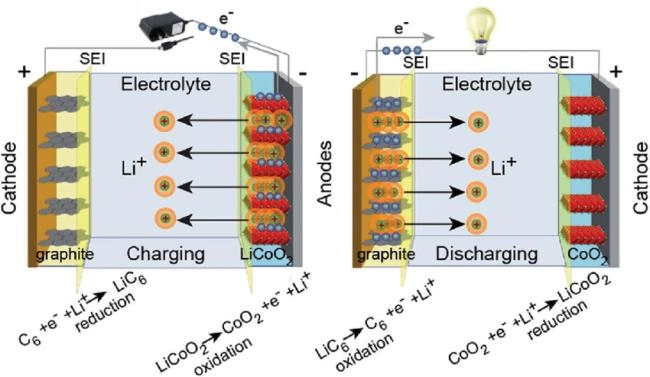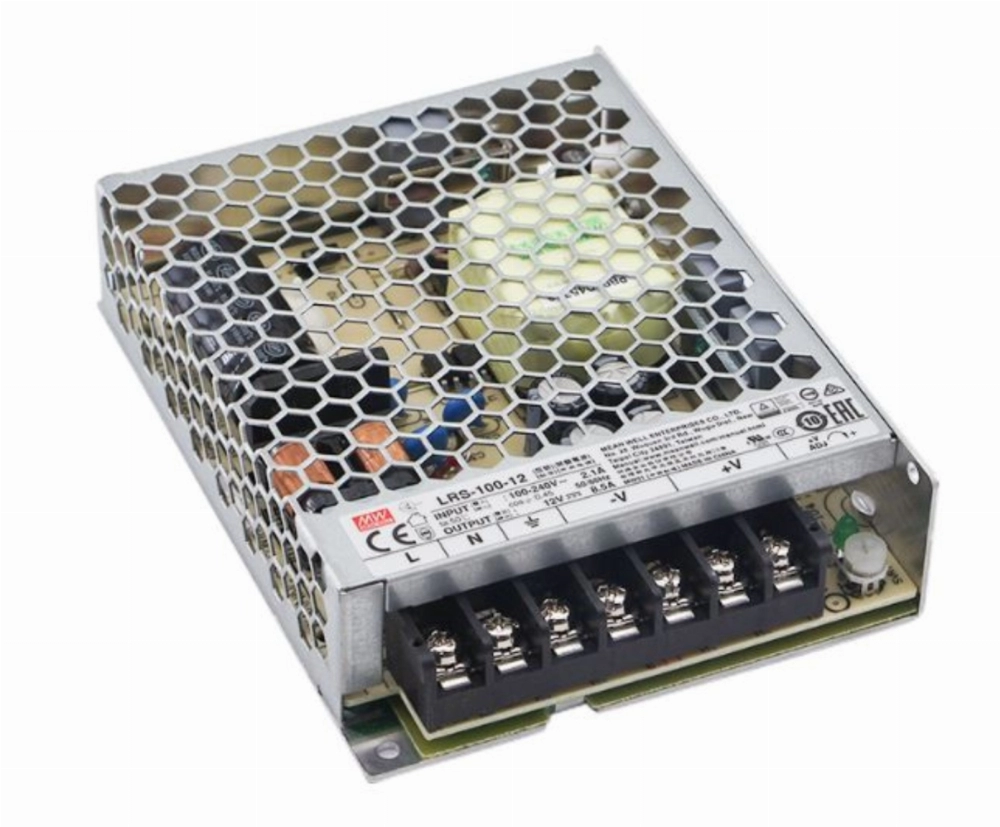How to Charge a Lithium-Ion Battery Without a Charger: A KHZH Guide
Part 1: Understanding Lithium-Ion Batteries
The Basics of Lithium-Ion Batteries
Lithium-ion batteries power a wide range of devices today, from smartphones to laptops and even electric vehicles. But how do they work? Let’s take a closer look at the inner workings of these batteries.
How They Store and Release Energy
Lithium-ion batteries store energy through chemical reactions. The battery consists of three key components:
- Anode: This is the negative electrode of the battery, typically made of graphite.
- Cathode: This is the positive electrode, usually made of lithium metal oxide.
- Electrolyte: A liquid or gel that allows ions to move between the anode and cathode.
When you charge the battery, lithium ions move from the cathode to the anode. When you use the battery, the ions return to the cathode, creating an electric current that powers your device.
Common Uses and Applications
Lithium-ion batteries are popular due to their lightweight nature and ability to store a significant amount of energy. Some of their most common uses include:
- Consumer Electronics: Used in devices like smartphones, laptops, cameras, and tablets.
- Electric Vehicles: Used in electric cars, bikes, and scooters.
- Renewable Energy: Storing energy from solar and wind power systems.
- Medical Devices: Powering devices like pacemakers and hearing aids.
Safety Precautions
Lithium-ion batteries are powerful, but they must be handled with care. Here are some safety guidelines to follow:
The Importance of Safe Handling
To ensure safety when using lithium-ion batteries, it’s essential to adhere to the following recommendations:
- Read the Manual: Always review the instructions that come with your device.
- Use the Correct Charger: Only charge with chargers specifically designed for your battery.
- Store Properly: Store batteries in a cool, dry place away from direct sunlight.
Risks of Improper Charging Practices
Charging lithium-ion batteries incorrectly can lead to serious problems. Some risks include:
- Overcharging: Leaving a battery charging for too long can cause overheating, potentially leading to a fire.
- Undercharging: Consistently undercharging a battery can shorten its lifespan.
- Damaged Chargers: Using a damaged or faulty charger can cause short circuits and damage the battery.
Part 2: Alternative Charging Methods for Lithium-Ion Batteries
Here are several alternative methods for charging lithium-ion batteries when you don’t have access to a standard charger:
1. Solar Chargers
Solar chargers convert sunlight into electricity, providing an environmentally friendly and sustainable way to charge, especially suitable for outdoor activities. They are perfect for outdoor enthusiasts who need to charge devices while camping, hiking, or in areas without traditional power sources.
2. Power Banks
Power banks, also known as portable chargers, store electrical energy, allowing you to conveniently charge your lithium-ion batteries on the go. They are compact and convenient, easily fitting into a backpack or pocket, making them an excellent choice for charging while out and about.
3. USB Charging
Many electronic devices, including smartphones and tablets, support USB charging. By connecting your device to a computer, laptop, or USB wall charger, you can easily charge your lithium-ion battery. This method is widely accessible and suitable for everyday use.
4. Wireless Charging
Wireless charging
# Lithium-Ion Battery Charging: Methods and Best Practices
Part 1: Types of Lithium-Ion Battery Charging Methods
1. Wired Charging
Wired charging is the most common way to power lithium-ion battery devices. It involves directly connecting the device to a power source via a cable and charger. This method is fast and reliable, suitable for smartphones, laptops, and various portable devices. The charger provides a specific voltage and current to the battery, ensuring efficient charging.
2. Wireless Charging
Wireless charging eliminates the need for physical connectors, making it more convenient and easier to use. This method uses inductive charging technology, transferring energy via an electromagnetic field between the charger and the battery. Wireless charging is commonly used for smartphones, tablets, and even electric vehicles, but charging speeds are typically slower than wired charging.
3. Solar Charging
Solar charging utilizes solar energy to charge lithium-ion batteries. Solar chargers convert sunlight into electricity for charging.
markdown
# Lithium-Ion Battery Troubleshooting Guide (Without Charger)
Troubleshooting Common Lithium-Ion Battery Issues
Checking Battery Drain
If your lithium-ion battery isn’t holding a charge as expected, follow these steps:
- Measure Voltage: Use a multimeter to check the battery voltage and compare it to the manufacturer’s specifications.
- Check Capacity: If the battery drains too quickly, it may have degraded and lost capacity.
- Look for Parasitic Drain: Ensure no devices or circuits are drawing power when the battery is idle.
Addressing Battery Swelling
Battery swelling is a serious issue that should be addressed immediately:
- Stop Using the Battery: Swelling indicates internal damage, and continued use can be a safety hazard.
- Dispose of Safely: Do not puncture or incinerate the battery. Follow local disposal regulations.
- Replace Immediately: Always use a genuine or compatible battery from a reputable manufacturer.
Charger or Cable Not Working
If your charger or cable isn’t working properly, try these troubleshooting steps:
- Clean Connectors: Dust and debris can interfere with the connection. Use a soft brush to clean the battery terminals and charger connectors.
- Test Another Battery: Try charging a different battery to determine if the issue is with the charger or the battery.
- Check for Damage: Inspect the charger and cable for damage. Replace if necessary.
Battery Voltage Dropping
If the battery voltage fluctuates or drops rapidly, consider these steps:
- Check Load: Ensure the connected device isn’t exceeding the battery’s capacity.
- Use a Multimeter: Measure the voltage directly at the battery terminals and compare it to the recommended values.
- Cycle the Battery: Perform several charge and discharge cycles to stabilize its performance.
Summary
Mastering lithium-ion battery charging methods, safety measures, and troubleshooting techniques helps ensure reliable battery performance and extends its lifespan. By exploring alternative charging options and properly addressing battery issues, you can optimize performance and extend the life of your battery.
Related Articles
-
14250 Battery Model Guide: Specifications, Applications, and Features
Understand the high energy density and reliability of the 14250 battery. Learn about its specifications, advantages, and applications. -
The Role of Lithium Hexafluorophosphate (LiPF₆) and Sodium Chloride (NaCl) in Battery Electrolytes
Explore how LiPF₆ and NaCl contribute to… [incomplete]
markdown
## KHZH Fashion
Explore the world of refined elegance with KHZH. Our brand combines timeless style with modern innovation, redefining fashion, piece by piece.
At KHZH, we believe in designs that express individuality. Each piece is a testament to the relentless pursuit of exceptional quality, meticulous detail, and supreme aesthetics.
Discover fashion that celebrates individuality and inspires confidence. Choose KHZH to elevate your style and embrace your unique style. If you are looking for more inspiration, explore our other design collections.








